In traditional shoe manufacturing, manual measurement is the primary method for determining a customer's foot dimensions. This approach is limited by subjective judgment and the precision of the tools used, making it difficult to achieve high accuracy and efficiency.
In contrast, 3D scanning technology uses non-contact sensors to quickly capture the fine details of the foot's surface, creating a comprehensive 3D model that includes length, width, height, and intricate surface details. This process not only significantly reduces measurement time but also fundamentally eliminates human error, providing a solid data foundation for subsequent customized design and production.
Personalized Customization: A Highlight of 3D Foot Scanning Technology in the Shoe Industry
Based on the unique foot data of each customer, manufacturers can design and produce shoes that perfectly match individual foot characteristics. 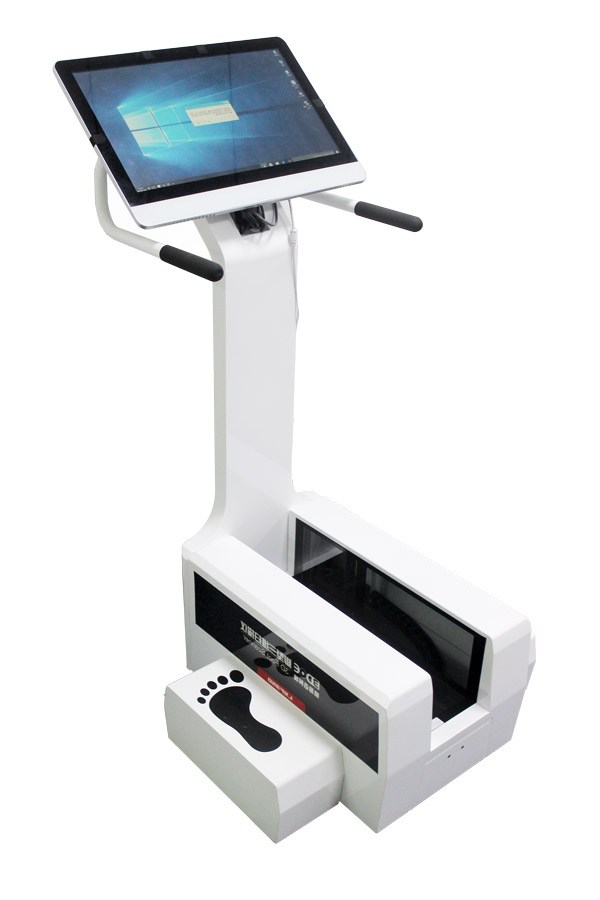
This ensures exceptional comfort and allows for diverse designs according to the customer's aesthetic preferences, meeting the growing market demand for personalized products. This transformation not only enhances customer satisfaction and brand loyalty but also opens up high-value market opportunities for shoe companies.
From a production perspective, the integration of 3D scanning technology greatly optimizes the manufacturing process. Digital foot models can be directly imported into Computer-Aided Design (CAD) and Computer-Aided Manufacturing (CAM) systems, driving automated production lines to achieve precise cutting and assembly.
This significantly reduces material waste, improves production efficiency, and enhances product quality. Additionally, by reducing reliance on skilled labor, this technology helps control production costs and increases the competitiveness of enterprises.
Moreover, the accumulation of large-scale foot data provides valuable resources for product innovation and market research. Companies can use data analysis to identify common characteristics and special needs of consumers' foot shapes, guiding the development of new shoe styles and better adapting to market changes.
Of course, the widespread adoption and in-depth application of 3D foot scanning technology still face several challenges, such as improving the portability and ease of use of scanning devices, reducing costs, and ensuring data security and privacy protection. With ongoing technological advancements and strengthened cross-industry collaboration, these issues are expected to be gradually resolved.

 +86-0755-86131192
+86-0755-86131192 2024-06-21
2024-06-21 Back to list
Back to list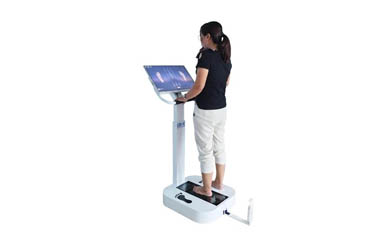
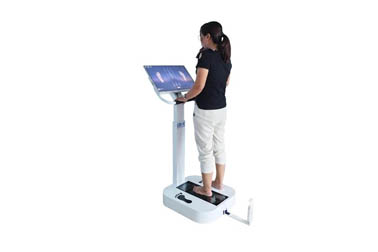
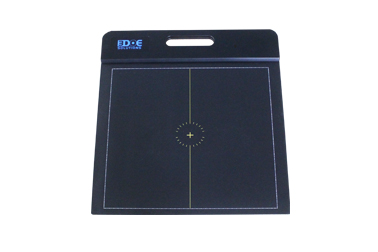
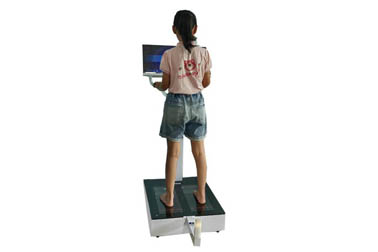
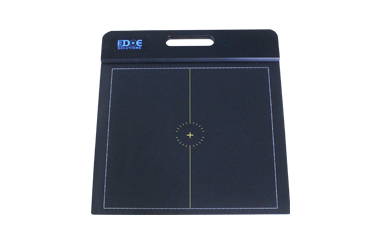
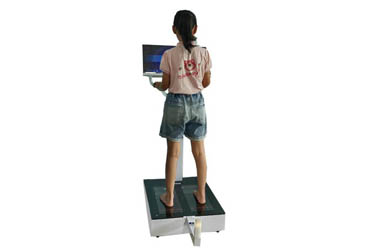



 +86-0755-86131192
+86-0755-86131192